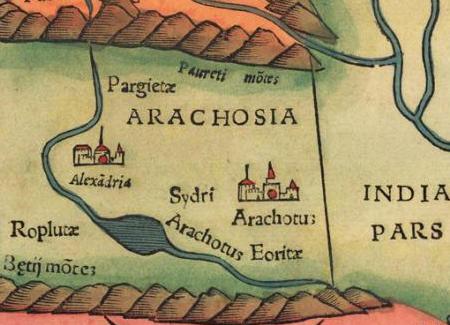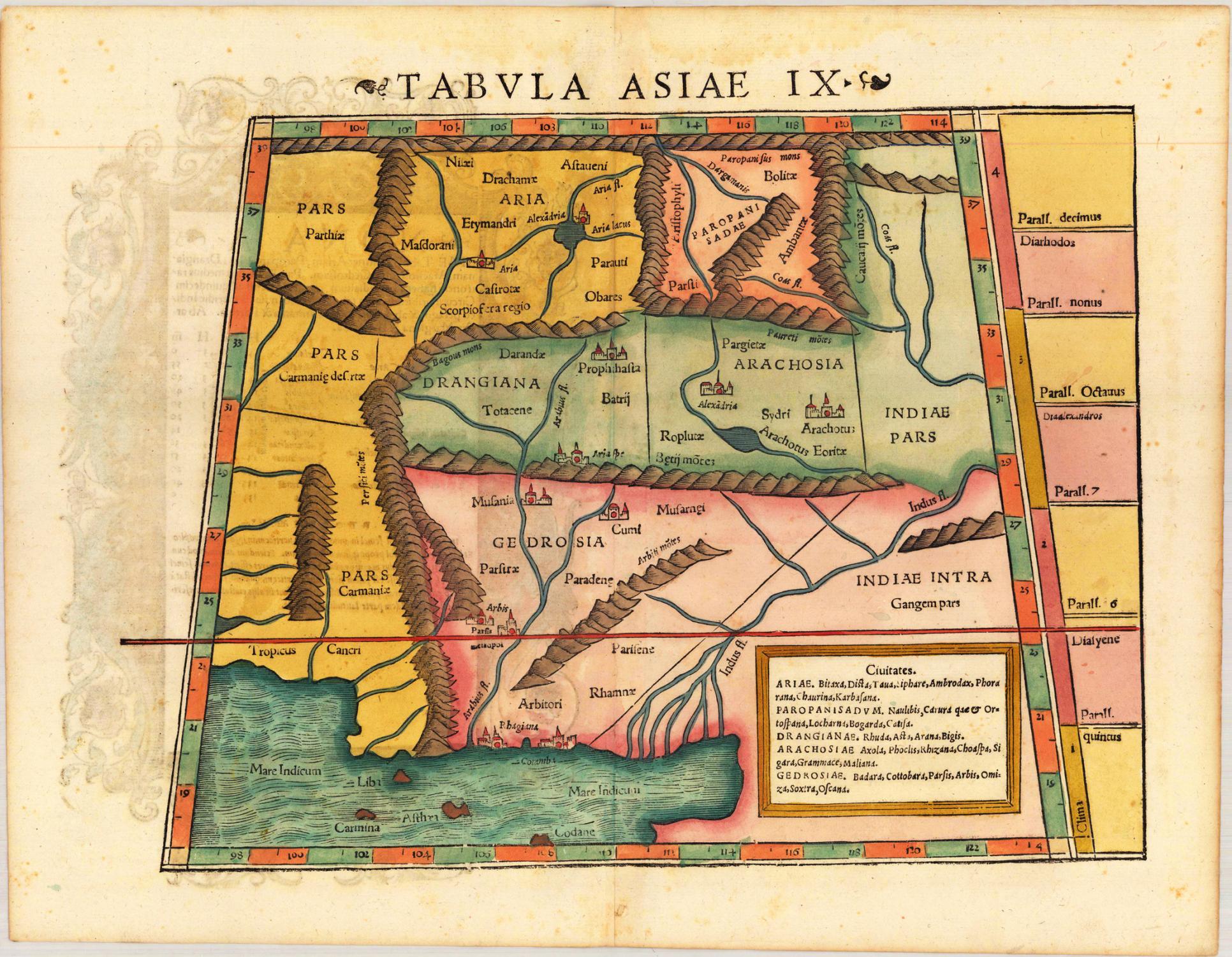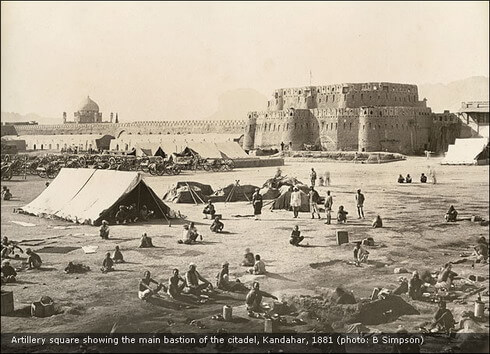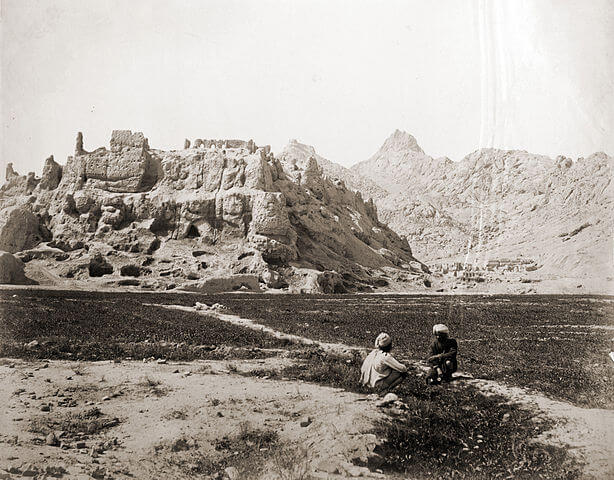Settlements > Alexandria Arachosia
Alexandria Arachosia

Background
Alexandria Arachosia

Established: 330 BC
Location: Arachosia (Afghanistan)
Coordinates: 31°36′08″N 65°39′32″E
Alexandria Arachosia was an ancient city founded by Alexander the Great that is now known as Kandahar in modern day Afghanistan. It is one of the dozens of cities either founded by or renamed by Alexander during his conquest of the known world at the time. The name Arachosia comes from the satrapy or province of Arachosia of the previous Achaemenid Empire. The province of Arachosia corresponds roughly to the Pashtun territory of southeastern Afghanistan and western Pakistan. Following the breakup of Alexander's fledgling empire following his mysterious death, the city and its province would later be claimed by the Seleucid Empire and the Parthian Empire.
The city of Alexandria Arachosia was founded by Alexander on an earlier Achaemenid fortress built in the 6th century BC that was located near many geographic strategic locations. Just nearby was located a pass, a river and the junction point for three major regional trade routes. The city of Alexandria Arachosia was mentioned by Isidorus of Charax in the 1st century AD in his Parthian Stations in which he described it as being very ethnically Greek and a major metropolis in the area. According to him;
"Beyond is Arachosia. And the Parthians call this White India; there are the city of Biyt and the city of Pharsana and the city of Chorochoad and the city of Demetrias; then Alexandropolis, the metropolis of Arachosia; it is Greek, and by it flows the river Arachotus. As far as this place the land is under the rule of the Parthians."
Paragraph 19 - Parthians Stations (1st Century AD)
During modern excavations the city has been uncovered near the tell of Old Kandahar citadel in the western part of the present city. The excavations have not yielded great evidence of Greek architecture however, there has been many Greek coins, graves, inscriptions and other artifacts that give many clues to their life. Due to the security situation in Afghanistan presently there has not been much chance to perform excavations of the area.
The city was first excavated in the 1970's by the British Society for South Asian Studies and later again in 2008 and 2009. However, the lack of intense excavations means the lower strata has not been reached which would yield many more clues to the Greek occupation of the city. What has been uncovered so far has been many Islamic-era walls which outline a rough square shaped town that conforms to the geographic topography. Situated around the walls were circular turret towers like those present at Farah, Balkh and Nadi Ali Sorkh Gdagh. During the Buddhist-era there was an triangular addition made to the city.
Map Gallery

Tabula Asiae IX - Lorenz Fries (1535)

Tabula Asiae IX - Giacomo Gastaldi (1548)

Tabula Asiae IX - Sebastian Munster (1552)

Kandahar Citadel (1881)

Old Kandahar Citadel (1881)

Surrender of Kandahar - Padshahnama (1638)
Sources
Arrian. "Book 5". Anabasis.